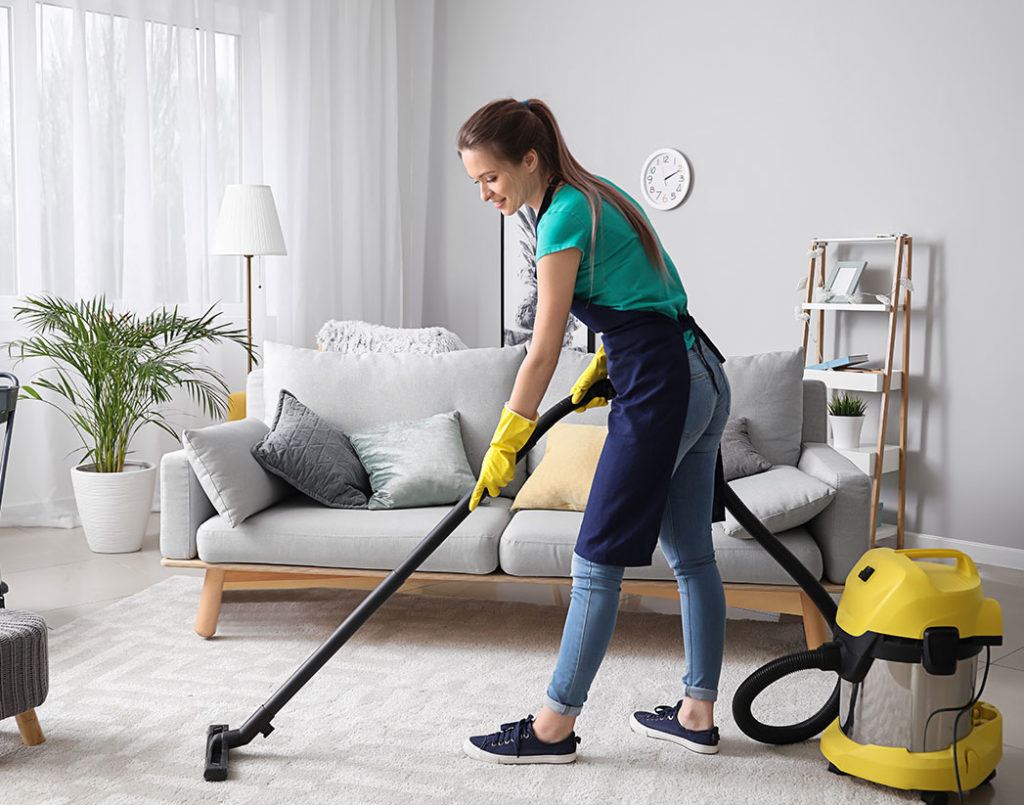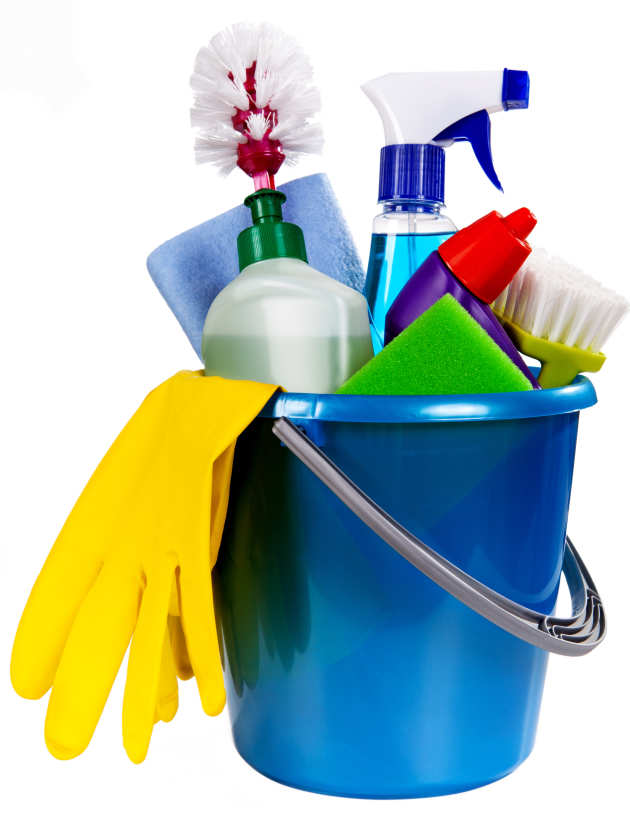Comprehending the Requirement for Extensively Sanitizing and Sterilizing Often Touched Surfaces in High-Traffic Areas
In the world of public health and safety, the careful sanitation and sanitization of often touched surfaces in high-traffic locations stand as paramount steps in stopping the spread of dangerous virus. By discovering the different facets of surface disinfection, from the threats associated with neglecting cleaning protocols to the reliable methods that can be used, a more clear understanding emerges of the important role these practices play in securing public wellness.
Relevance of Surface Area Disinfection
Emphasizing the complete disinfection of high-traffic surface areas is critical in preserving a sanitary setting and preventing the spread of harmful virus. High-touch surface areas such as door manages, light switches, lift switches, and kitchen counters act as breeding grounds for germs and infections. Normal sanitation of these surface areas is necessary to lower the risk of contamination and transmission of health problems.
By applying a robust disinfection method, organizations and businesses can develop a much safer setting for visitors, staff members, and customers. Appropriate surface area sanitation not just reduces the spread of transmittable illness yet likewise infuses confidence in the cleanliness and security of the properties. This positive strategy demonstrates a commitment to health and wellness and health, which is particularly essential in high-traffic locations where the probability of direct exposure to pathogens is increased.
Additionally, surface sanitation plays an important duty in general infection control techniques. Incorporated with hand hygiene techniques, wearing masks, and maintaining physical distancing, extensive disinfection of high-touch surfaces forms a detailed defense versus the transmission of unsafe microbes. Prioritizing surface sanitation is a vital part of an alternative strategy to health and safety and security in common spaces.
Threats of Overlooking Cleansing Practices
Neglecting detailed disinfection of high-traffic surfaces considerably heightens the risk of microbial and viral contamination, posturing a severe risk to the health and wellness of people often visiting these spaces. Failure to carry out correct cleansing methods can cause the build-up and spread of unsafe pathogens, including microorganisms and infections, on often touched surface areas such as doorknobs, handrails, lift switches, and countertops.

Moreover, ignoring the relevance of complete cleaning not only compromises the health of individuals but additionally undermines efforts to maintain a tidy and sanitary atmosphere. It is critical to identify the relevance of proper sanitation methods in avoiding the spread of infections and safeguarding public health.
Reliable Disinfection Techniques
To keep optimum sanitation and lower the threat of contamination on high-traffic surface areas, utilizing reliable disinfection methods is crucial. One of one of the most effective and usual disinfection approaches is using chemical disinfectants. These items can differ in strength and composition, with some targeting details microorganisms like germs or viruses. It is crucial to follow the maker's guidelines for proper dilution, call time, and air flow when making use of chemical disinfectants to guarantee their efficiency - Clear Out Any Clutter.
Another reliable technique is the usage of UV-C light. UV-C light has been revealed to be effective in eliminating a vast selection of microorganisms by interrupting their DNA structure, thus avoiding them from duplicating. Nonetheless, it is essential to make use of UV-C light appropriately, ensuring that the correct strength and exposure time are applied to attain the desired disinfection outcomes.
Additionally, utilizing vapor cleaning as a sanitation approach can be investigate this site highly efficient, specifically on surfaces that are heat-resistant. Vapor can pass through porous surfaces and eliminate microorganisms, infections, and various other virus effectively. When using vapor cleaning, it is necessary to make sure that the surface reaches the required temperature for a sufficient amount of time to guarantee correct disinfection.
Effect On Public Health
The upkeep of high requirements of tidiness and disinfection on high-traffic surfaces plays a critical duty in guarding public health and wellness. Often touched surface areas in areas with high tramp, such as doorknobs, hand rails, elevator switches, and washroom centers, work as reproducing grounds for unsafe pathogens. Falling short to appropriately decontaminate these surface areas can cause the rapid spread of contagious illness within neighborhoods. By implementing thorough disinfection procedures, the danger of transmission of infections, bacteria, and various other bacteria can be dramatically minimized.
Efficient hygiene techniques not only protect people from dropping unwell however also add to the general wellness of society. Public health authorities highlight the significance of keeping clean environments to prevent outbreaks and contain the spread of health problems. In high-traffic locations like flight terminals, schools, healthcare facilities, and public transport systems, the influence of strenuous disinfection steps can not be underrated. Focusing on the sanitization of regularly touched surface areas is an aggressive method to promoting public wellness and boosting the security of people in shared spaces.
Applying Regular Cleansing Protocols
Quickly setting up and sticking to a constant timetable of cleansing methods is paramount for keeping the cleanliness and safety of high-traffic surfaces. Normal cleaning protocols are vital in avoiding the buildup of germs and pathogens on regularly touched surfaces, specifically in areas with high foot traffic. By carrying out an organized technique to cleaning, organizations can properly reduce the danger of illness transmission and produce a much healthier environment for workers, consumers, and the general public.
To click this site establish an effective cleaning timetable, it is crucial to identify high-traffic areas that need regular interest. These locations might consist of doorknobs, handrails, lift switches, bathroom centers, and shared equipment. Carrying out a regular cleansing program that targets these surfaces multiple times a day can dramatically reduce the spread of damaging bacteria and infections.
Furthermore, making use of proper cleansing representatives and anti-bacterials is key to ensuring that surfaces are completely disinfected. Regular training of cleansing personnel on correct cleaning methods and the significance of adherence to the cleansing routine is likewise important in maintaining a sanitary environment. By focusing on regular cleaning methods, companies can advertise the wellness and health of individuals that engage with these high-traffic surfaces.

Final Thought
In conclusion, it is essential to prioritize complete sanitation and sanitization of often touched surface areas in high-traffic areas to prevent the spread of hazardous virus and preserve public health and wellness. It is vital to acknowledge the value of maintaining tidy surface areas in high-traffic locations to ensure the well-being of the community.
In the world of public health and safety, the precise disinfection and sanitization of frequently touched surfaces in high-traffic locations stand as critical procedures in protecting against the spread of dangerous virus. By exploring the different elements of surface area sanitation, from the dangers linked with ignoring cleaning procedures to the efficient methods that can be utilized, a clearer understanding arises of the essential duty these methods play in safeguarding public wellness.Additionally, using steam cleaning as a sanitation technique can anchor be very effective, especially on surfaces that are heat-resistant. When making use of steam cleansing, it is essential to make certain that the surface area reaches the called for temperature for an adequate amount of time to guarantee correct sanitation.
In final thought, it is crucial to focus on complete disinfection and sanitization of regularly touched surface areas in high-traffic locations to avoid the spread of damaging microorganisms and preserve public health.